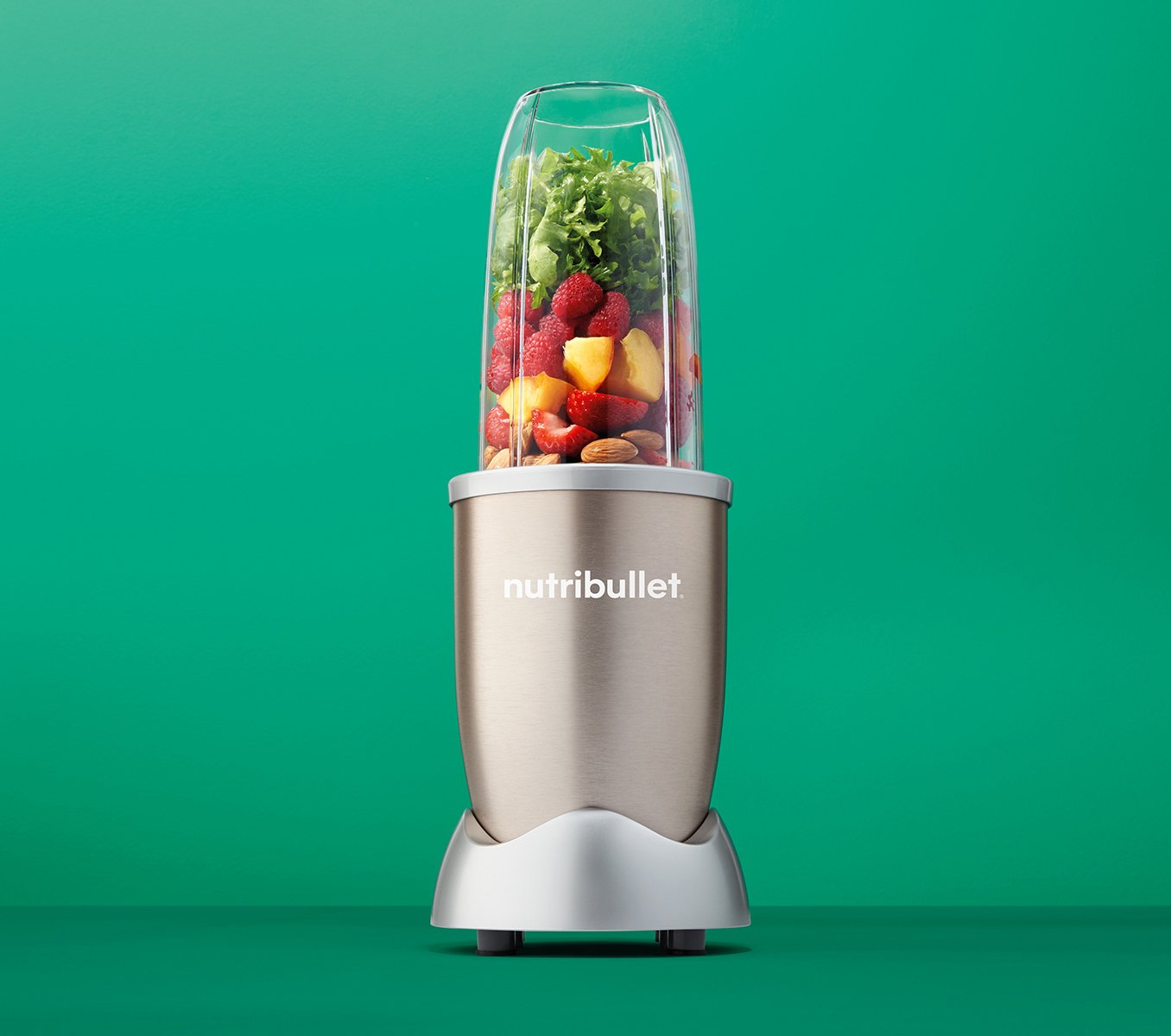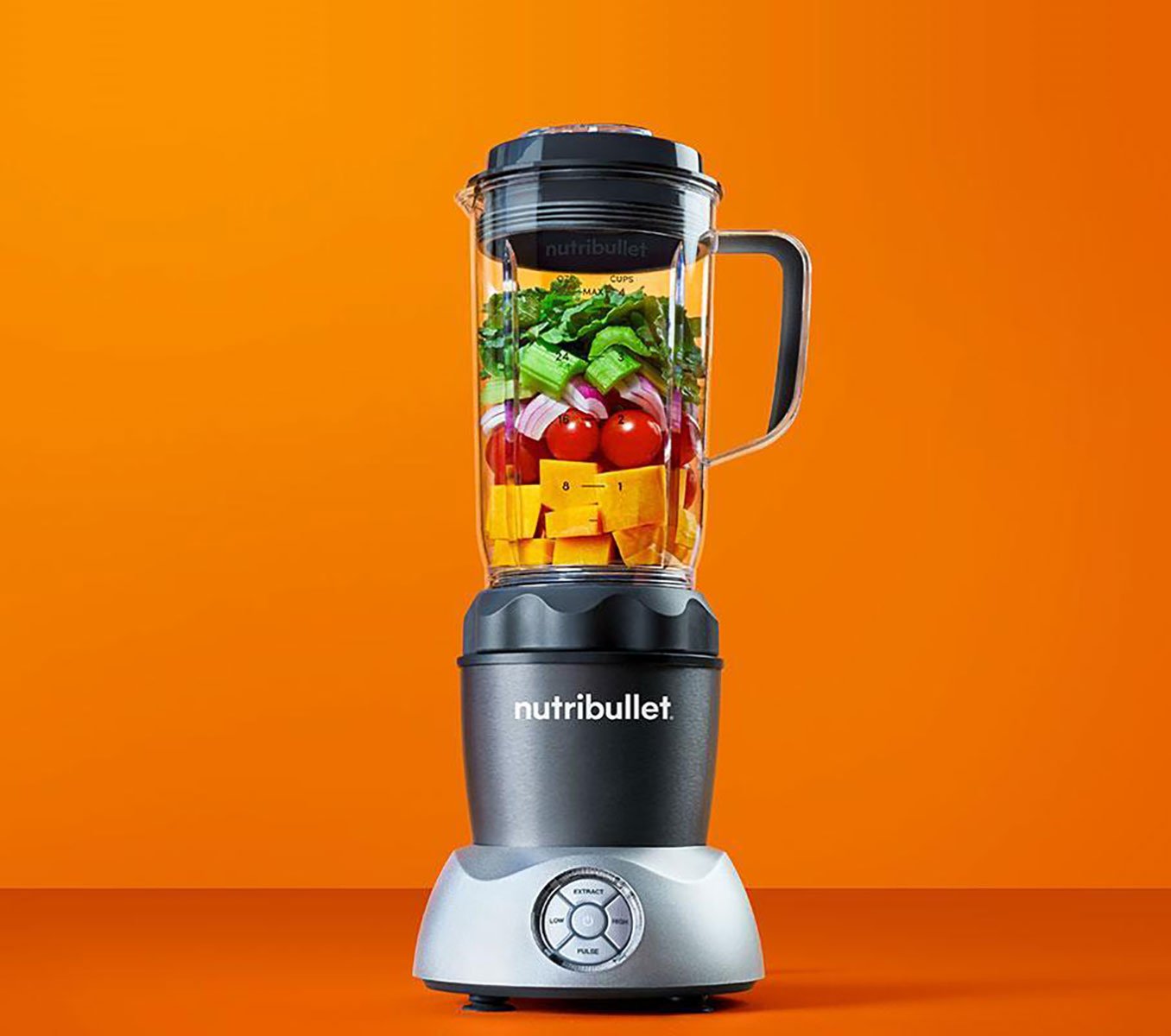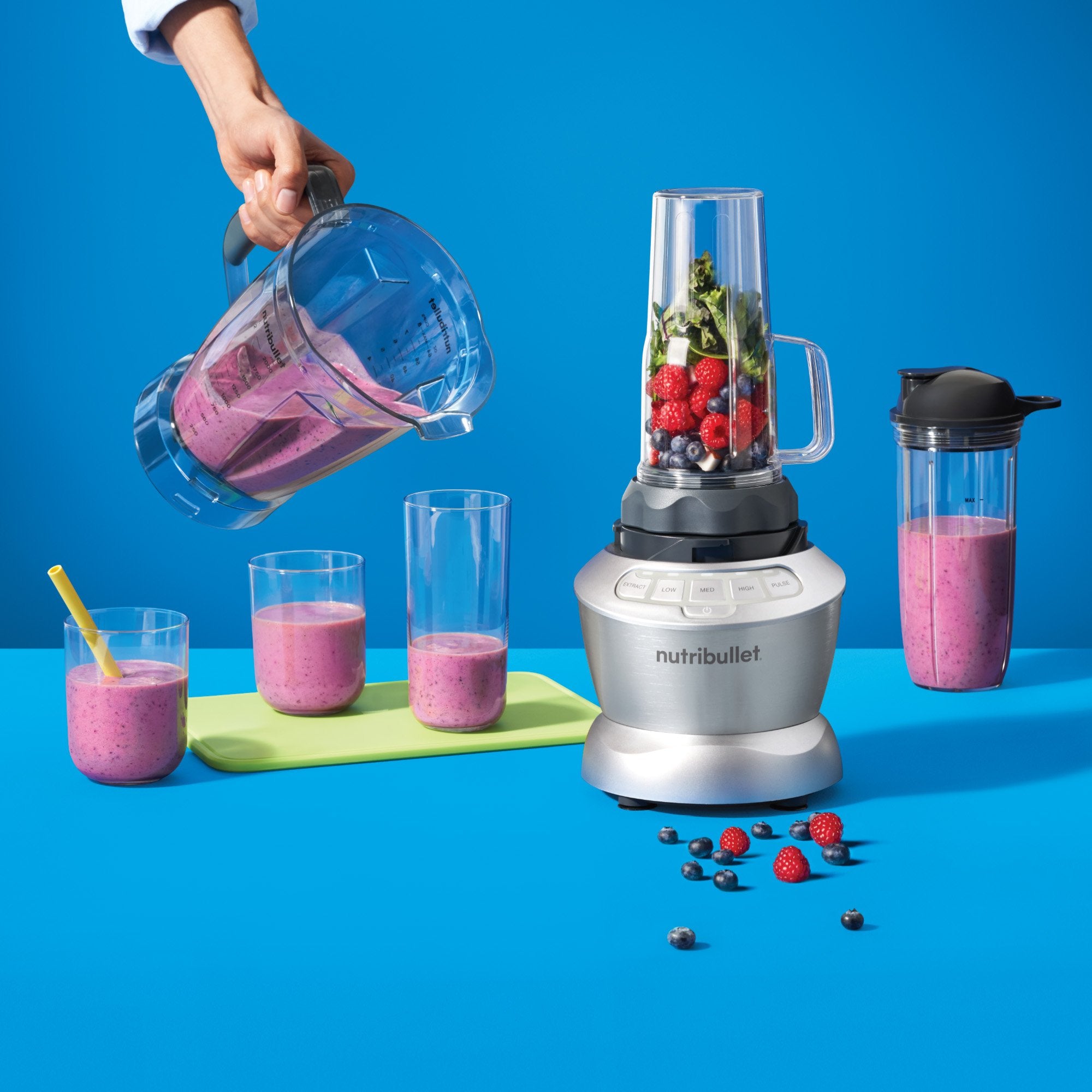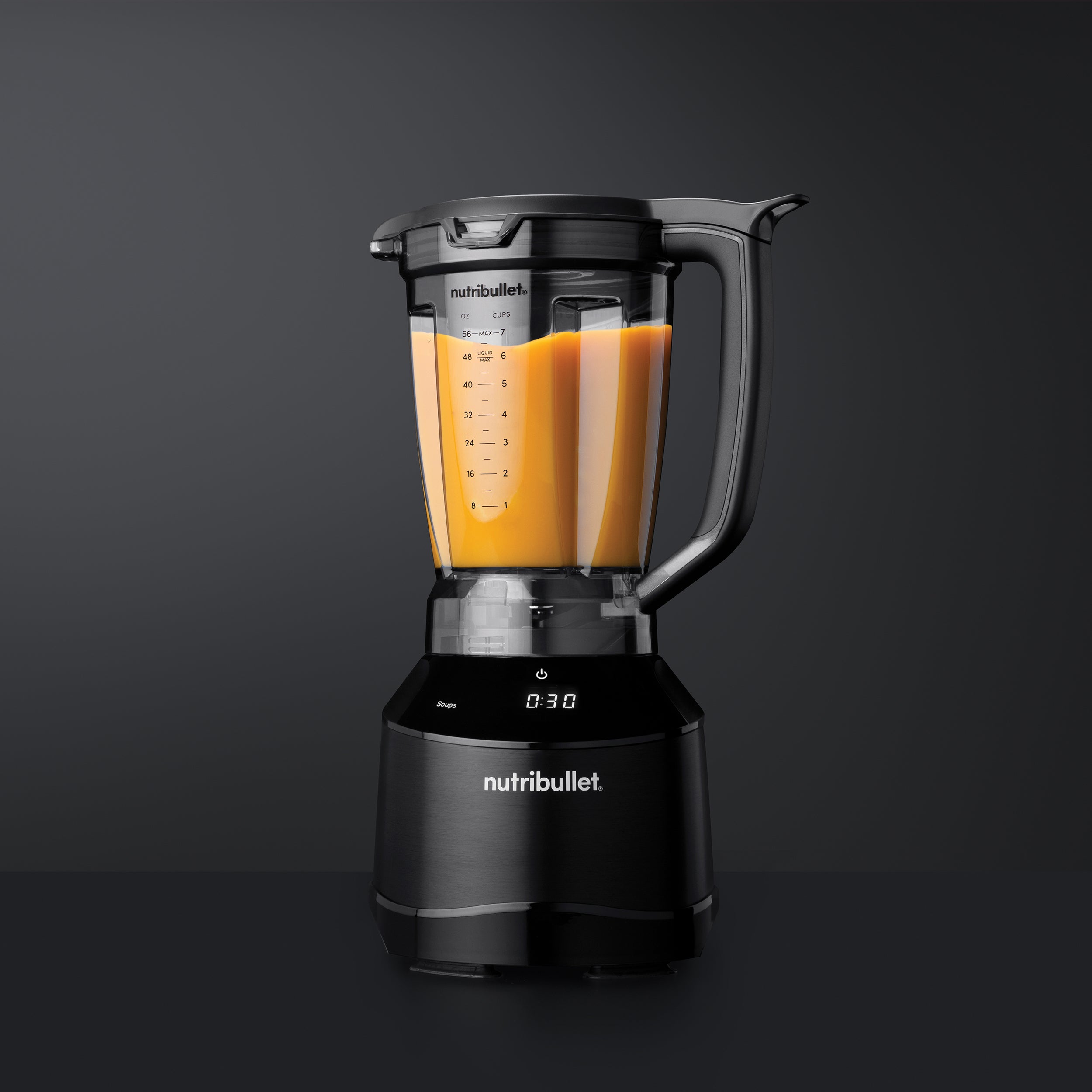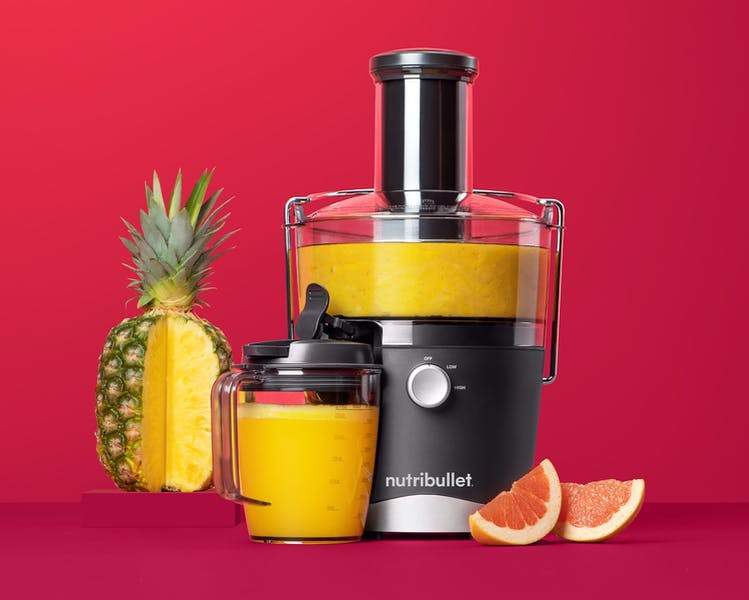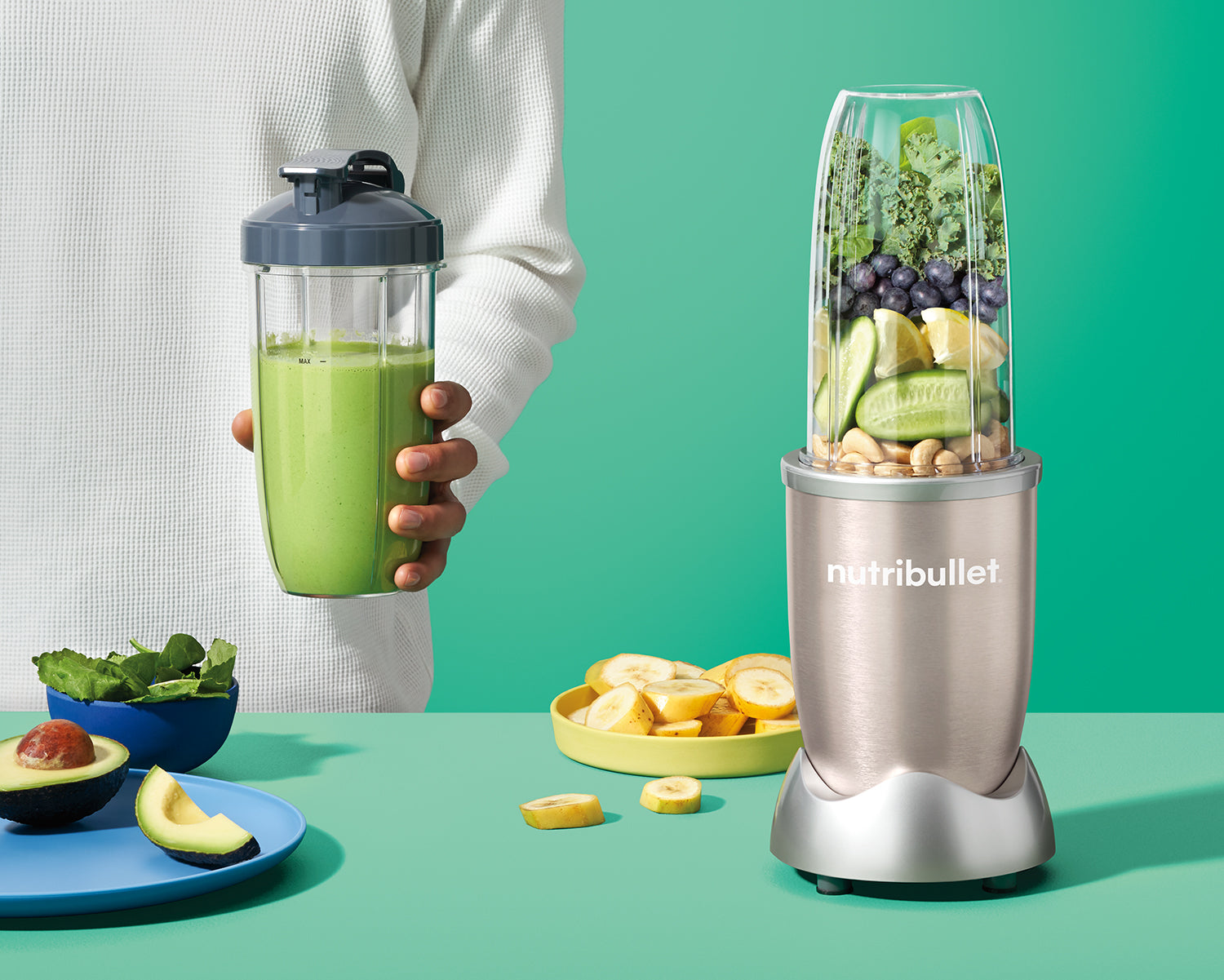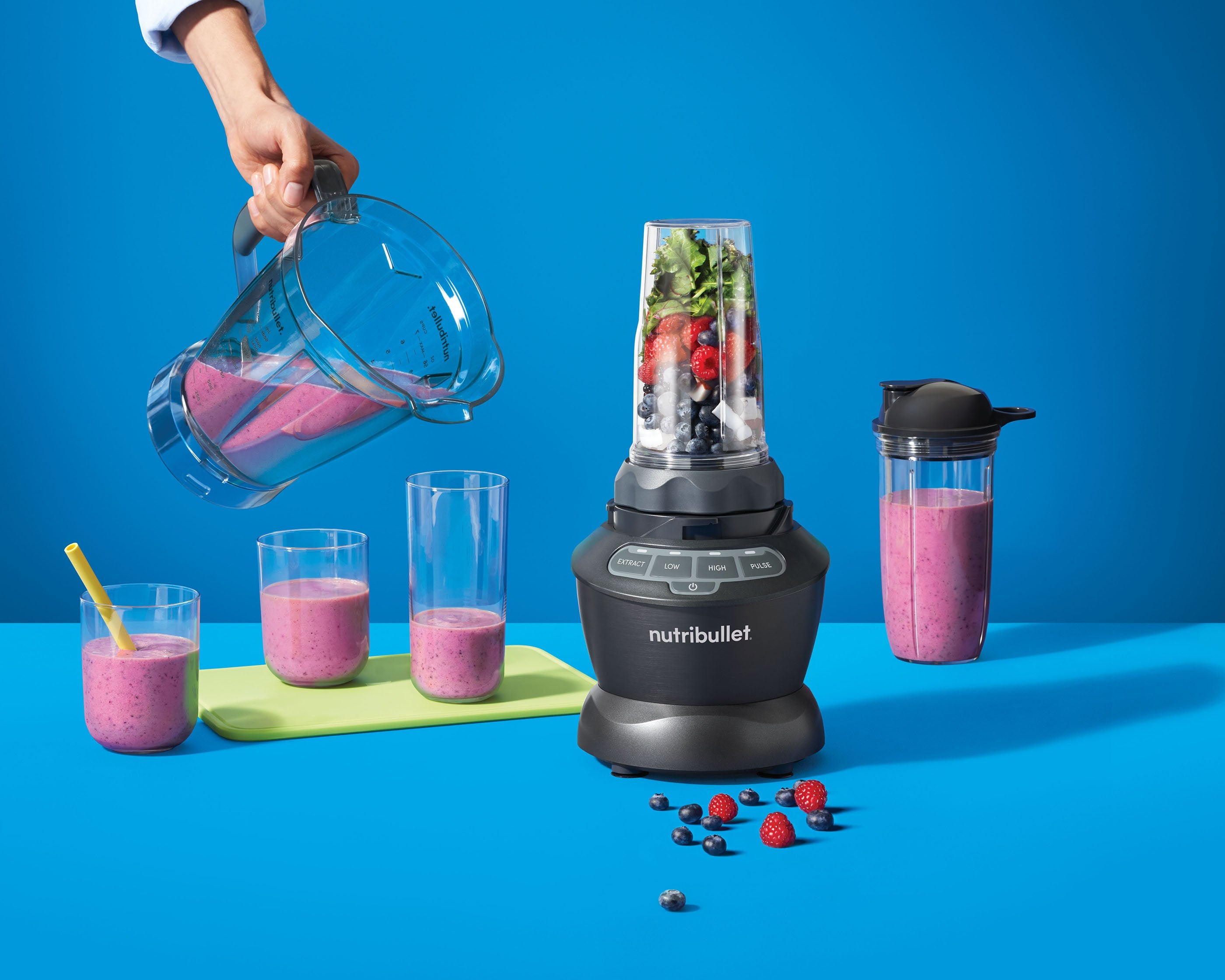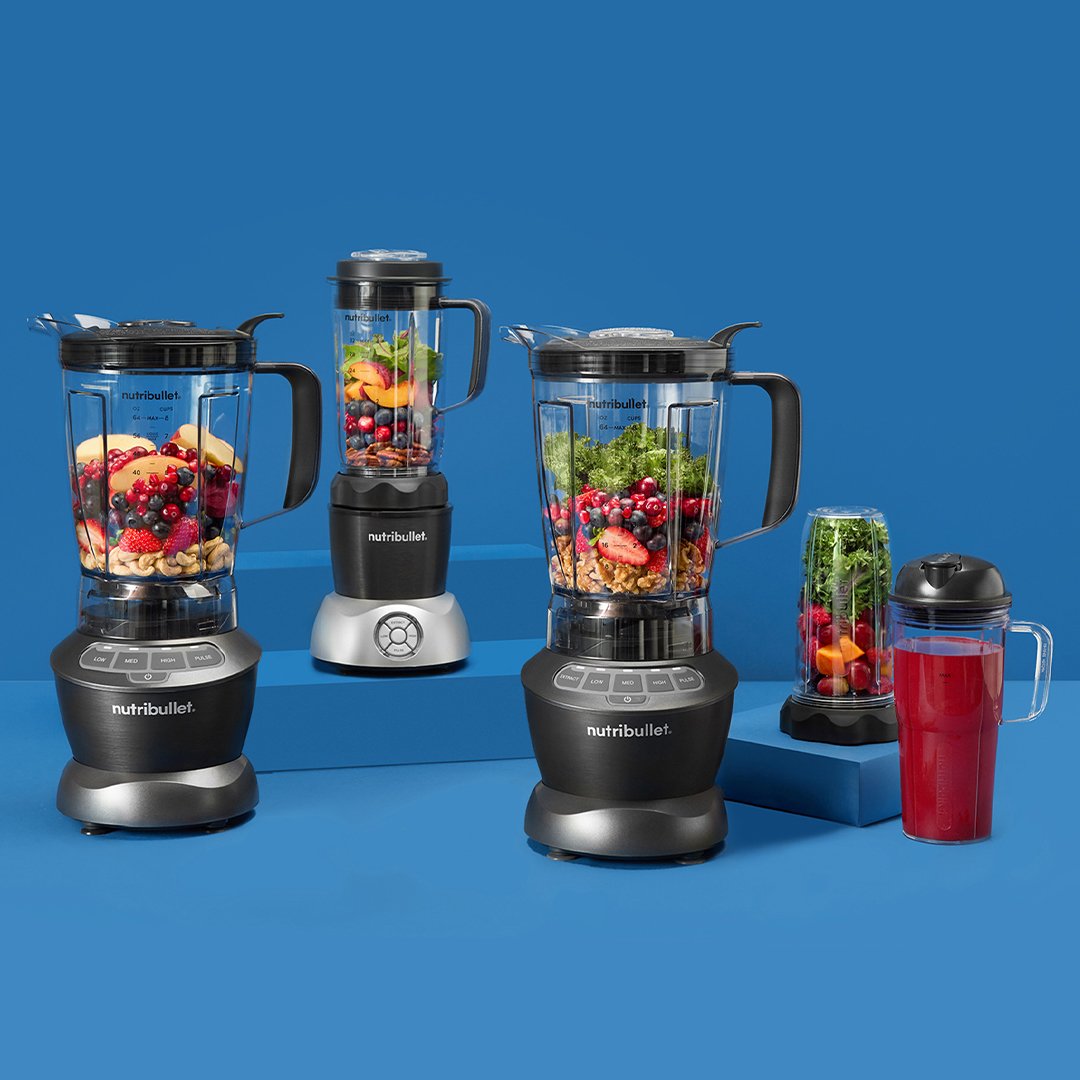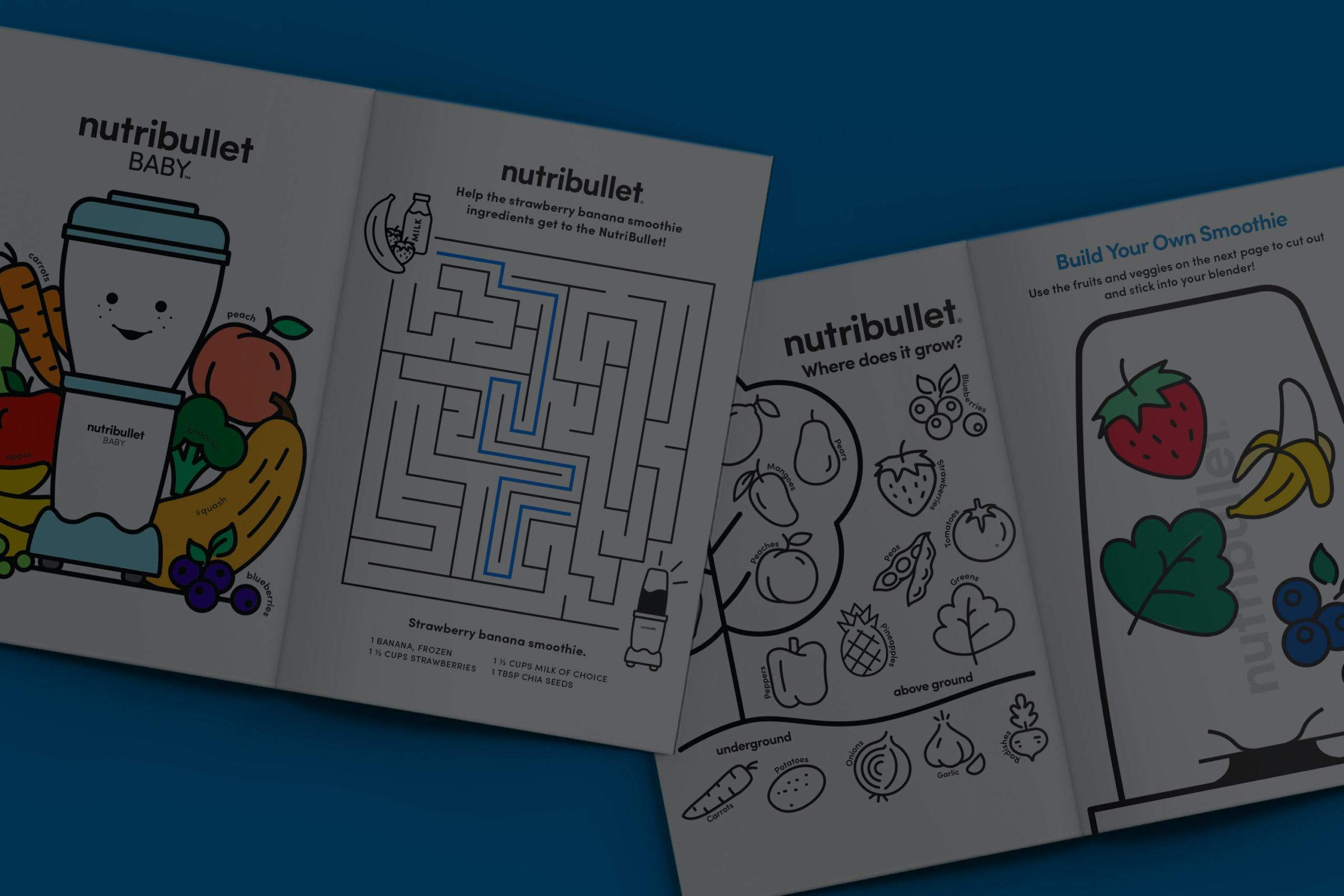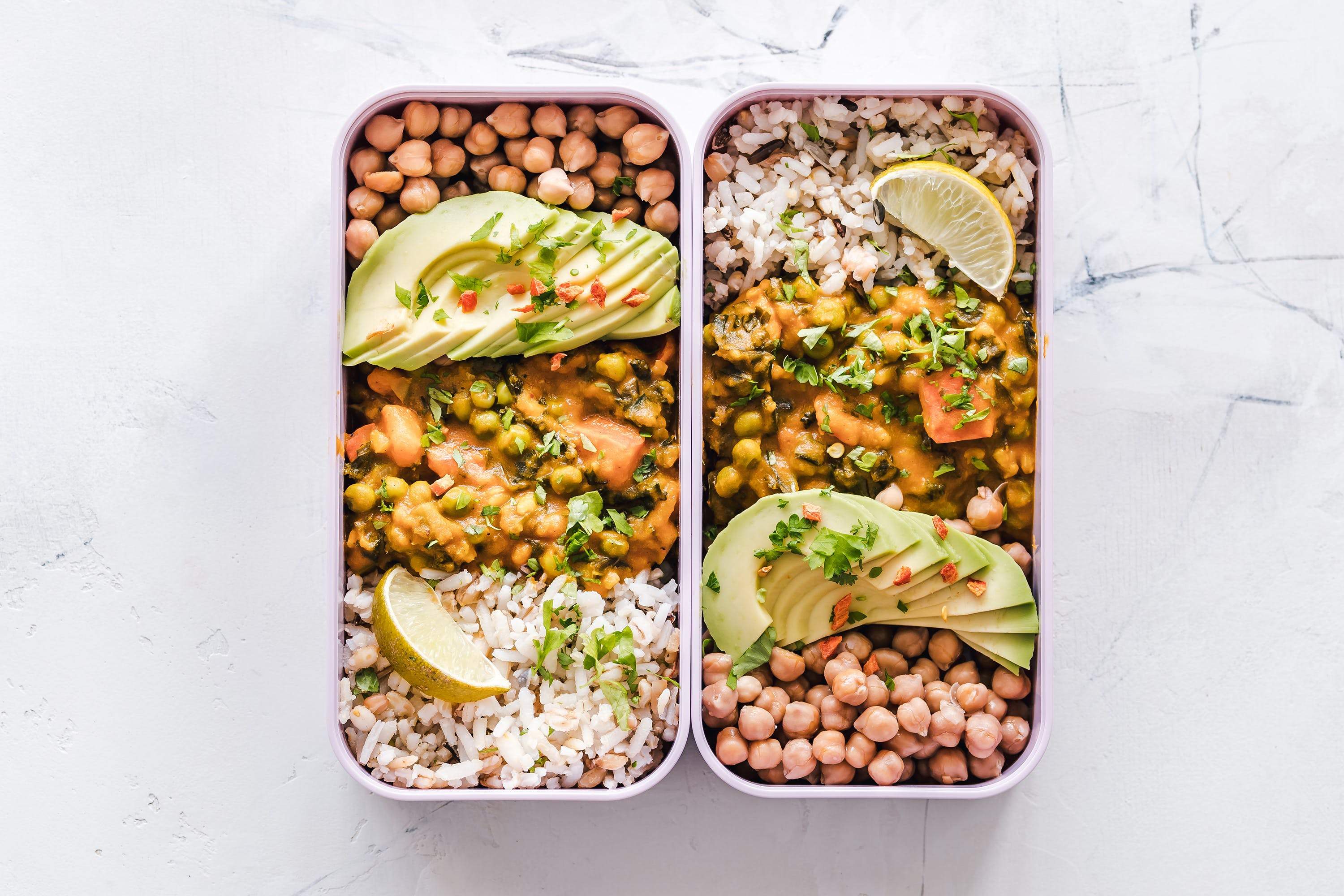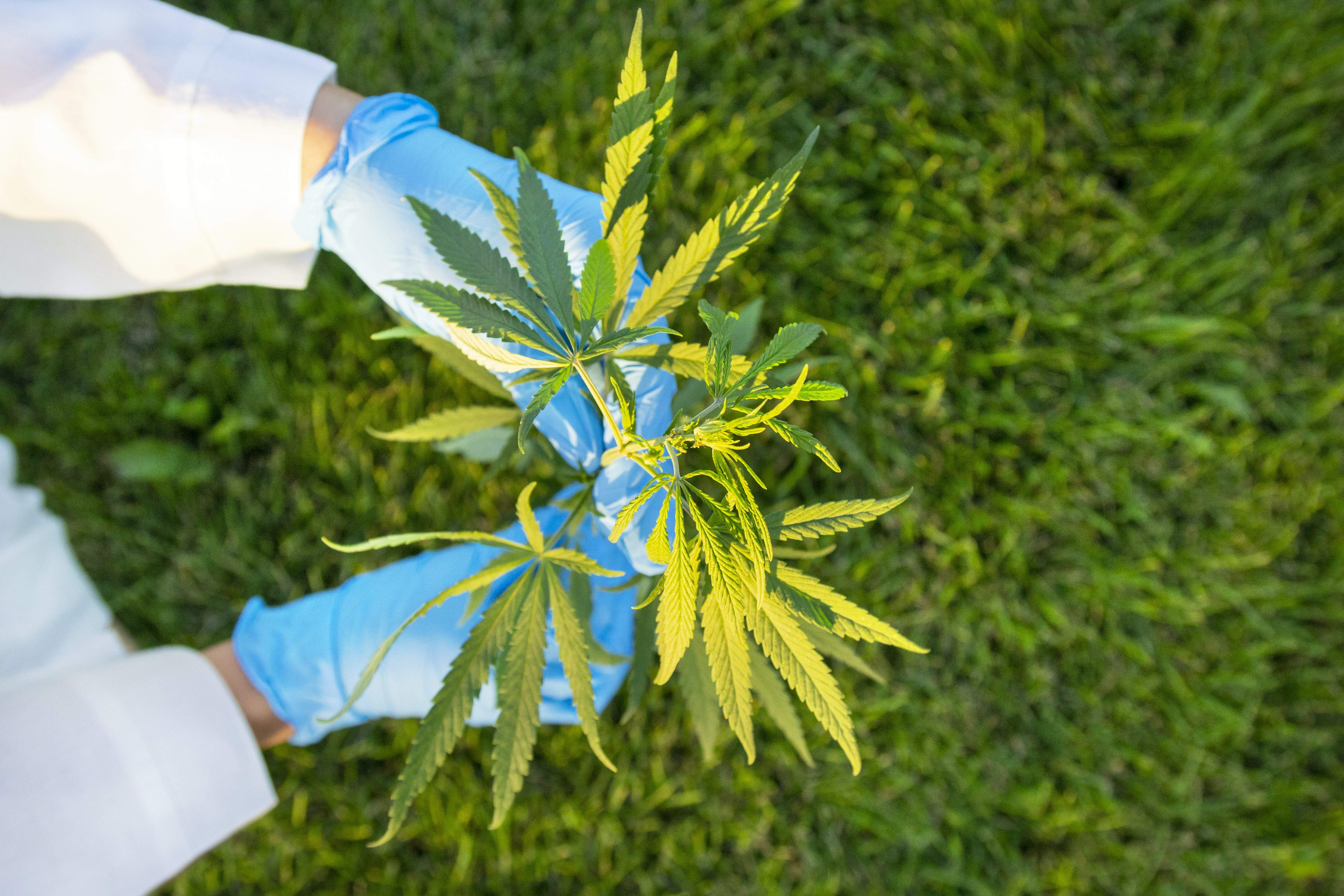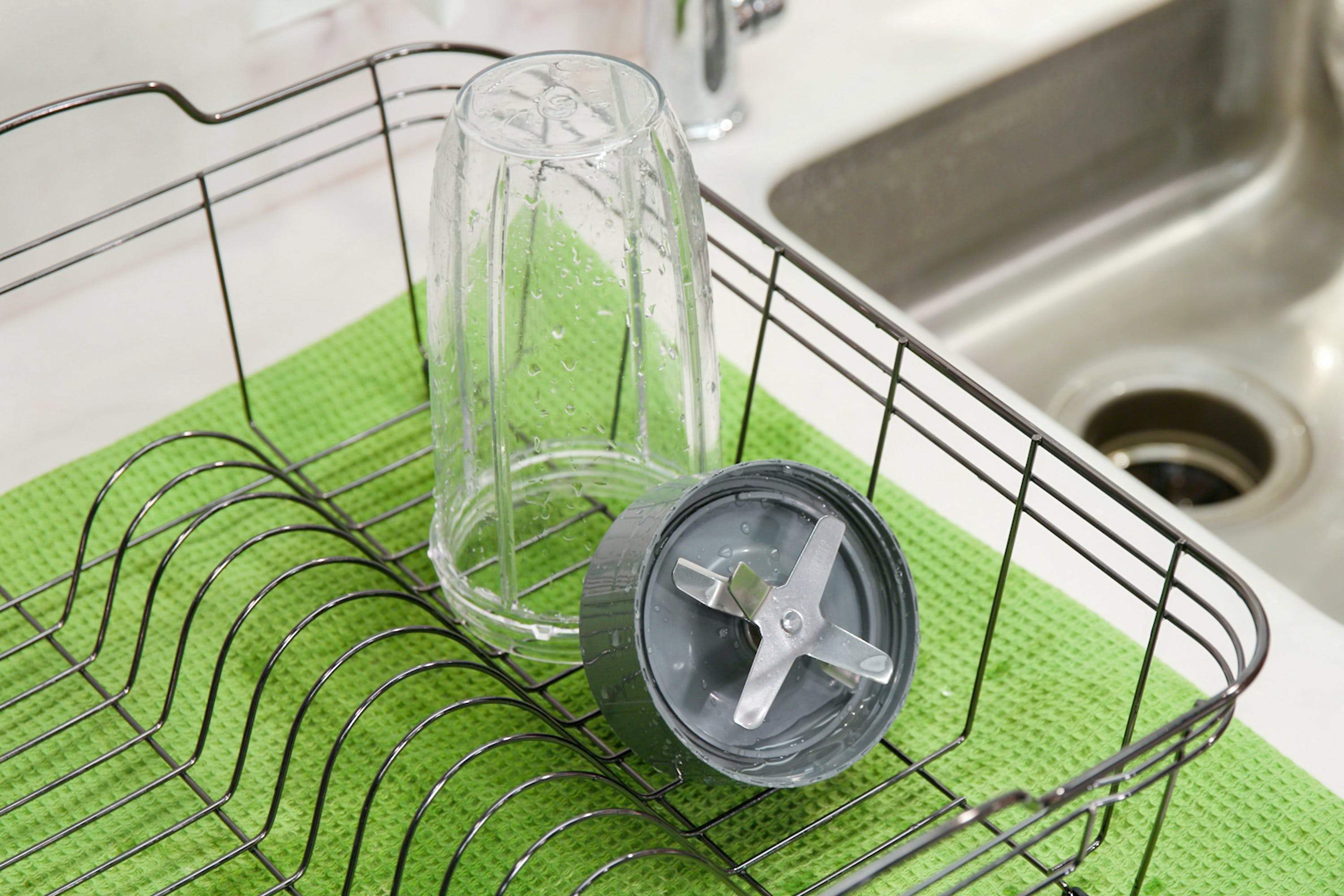By now, you have probably heard about this new and growing superfood trend: matcha green tea! It’s all the rage in coffee shops where you can order a matcha green tea latte or a matcha shot. You can even add a matcha boost to your smoothies. But what is matcha exactly? I recently conducted a casual non-scientific survey among a group of people I work with, and 80 percent of them did not know what it was. So, let’s clear that up right now.
What is Matcha?
By definition, matcha means "powdered tea." Green tea leaves are ground into a fine powder with the intention of mixing a teaspoon into a cup of hot water and creating a cup of hot matcha green tea. Due to the specific harvesting process of the selected tea plants, matcha renders a deeper flavor of green tea compared to that of green tea leaves steeped in water.
Health Benefits of Matcha
There would not be hype over this superfood if there weren't health benefits to consuming it! We already know that green tea offers an abundance of health benefits, and because matcha is literally ground green tea leaves and because the actual leaves are consumed instead of discarded, it is believed that matcha offers a more potent source of the same health benefits. Matcha contains certain vitamins and minerals but, more importantly, it is rich in polyphenols – antioxidants that decrease our risks of heart disease, cancer, diabetes, and hypertension. Matcha has also been touted as a powerful anti-aging and metabolic-boosting superfood.
Mind the Caffeine
When drinking matcha, we consume the green tea leaves compared to traditional green tea where we simply steep the leaves in water and then discard them. Because of this, we can consume two to three times the amount of caffeine from matcha versus traditional green tea. This is equivalent to approximately one cup of coffee. However, the caffeine “buzz” from matcha has been reported to be more of a calming alertness rather than the heart rate-increasing buzz you’d get from coffee. L-theanine, a natural component in green tea, is the culprit for this and is said to induce relaxation without drowsiness.
Buyers Beware
There are matcha powders that contain sugar, creamer, artificial sweeteners, and even lead. Make sure to buy high quality matcha without added ingredients. It has become so popular that companies try to make a profit on our naiveté. Please be sure to check the ingredients list and the brand to make the most informed and healthiest choice. Now, get out there and try some matcha!
Nutritional information
Recipe: Creamy Green Strawberry Dream Serving in this recipe:1
- Calories: 236.6
- Total Fat: 3.6 g 5.5%
- Saturated Fat: 0.4 g 1.9%
- Cholesterol: 0 mg 0%
- Sodium: 358.7 mg 14.9%
- Total Carbs: 45.7 g 15.2%
- Dietary Fiber: 9.9 g 39.4%
- Sugar: 22.1 g
- Protein: 8.1 g 16.2%
- Vitamin A: 481.9% Vitamin C: 244.1%
- Calcium: 68.5% Iron: 26.1%
* Percent Daily Values are based on a 2,000 calorie diet. Your daily values may be higher or lower depending on your calorie needs.

